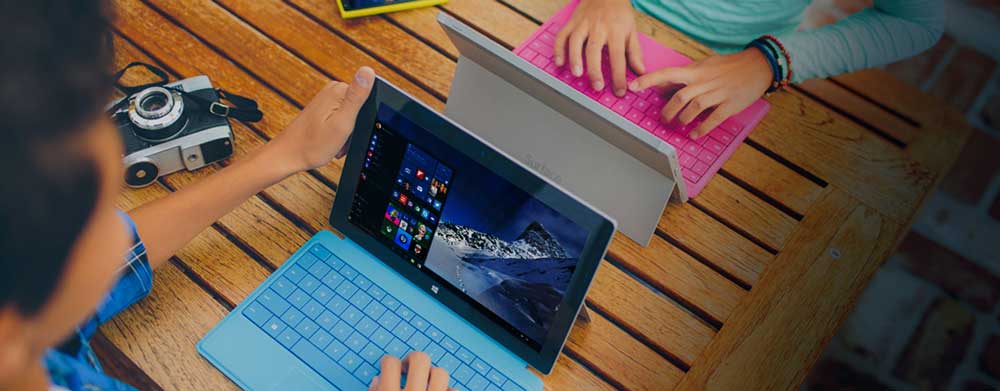Windows 10 features chart outlines differences between each edition
The Windows team has been very busy this week. In the midst of releasing three Technical Preview builds, almost in a row, Microsoft has also released a detailed chart that explains exactly what features we will find in each edition, from Windows 10 Home to Enterprise.

The interactive chart is divided in two sections, or “Experiences”: Core and Business. Within the Core section, we find features common to all editions of Windows 10, and not surprisingly, these features are the same across all editions.
What’s the same
HiberBoot and InstantGo are present in every edition, with the latter being a hardware-dependent feature that speeds up booting time and provides device encryption as well.
The Cortana experience will also be the same across all editions, offering the ability to summon the virtual assistant by simply calling out “Hey Cortana”, without using the keyboard, as well as predictive features, like reminders, natural speech and text parsing (i.e. “Hey Cortana: Find me a pizza place around here”), reminders, and search capabilities extended to local devices and the cloud.
Native fingerprint, face and iris recognition are baked into the Core experience of Windows 10, as part of Windows Hello, and will be available by default to all Windows 10 users, on any device that supports the technology, including external third party biometric hardware, providing Enterprise-level security.
Snap Assist and Virtual Desktops, of course, will also be available across all versions of Windows 10, and will allow to snap up to 4 apps in the same view, on as many virtual desktops as the user wants.
Lastly, the ability to switch automatically to Tablet Mode when no keyboard is detected, will also be universal, as well as all features included in Microsoft Edge.
What’s different
Enterprise and Pro users will benefit from substantial enhancement, primarily concerning security and more granular administrative controls.
BitLocker is one of the most coveted features in Windows 10, at least for owners of newer laptops and devices that integrate, at the very least, TPM v1.2 technology.
Much like previous versions of Microsoft Windows, such as 8.1 or 7, Remote Desktop will be available in all editions of Windows 10, except for the Home edition. Group Policy and Domain Join will also be unavailable to Home users, as well as Enterprise Mode Internet Explorer.
Access to the Business Store for Windows 10 will also be available to Pro, Enterprise and Education users.
Above Pro features
While a large number of Enterprise and Education features have been made available in the Pro edition, Enterprise and Education customers required to purchase volume licensing, will get a number of extra perks, such as “Windows To Go Creator” which allows organizations to deploy Windows 10 on portable storage devices, like stick drives and other types of external drives.
BranchCache is a feature introduced initially in Windows Server, which allows faster access to applications within the internal network of an organization, so that employees can access needed applications and files without downloading them directly from a data center.
AppLocker is another feature reserved to Enterprise and Education users, which restricts access to certain apps within a network.
DeviceGuard and CredentialGuard are also part of the deal, for enterprises and educational institutions, allowing granular control when managing access for users and devices.